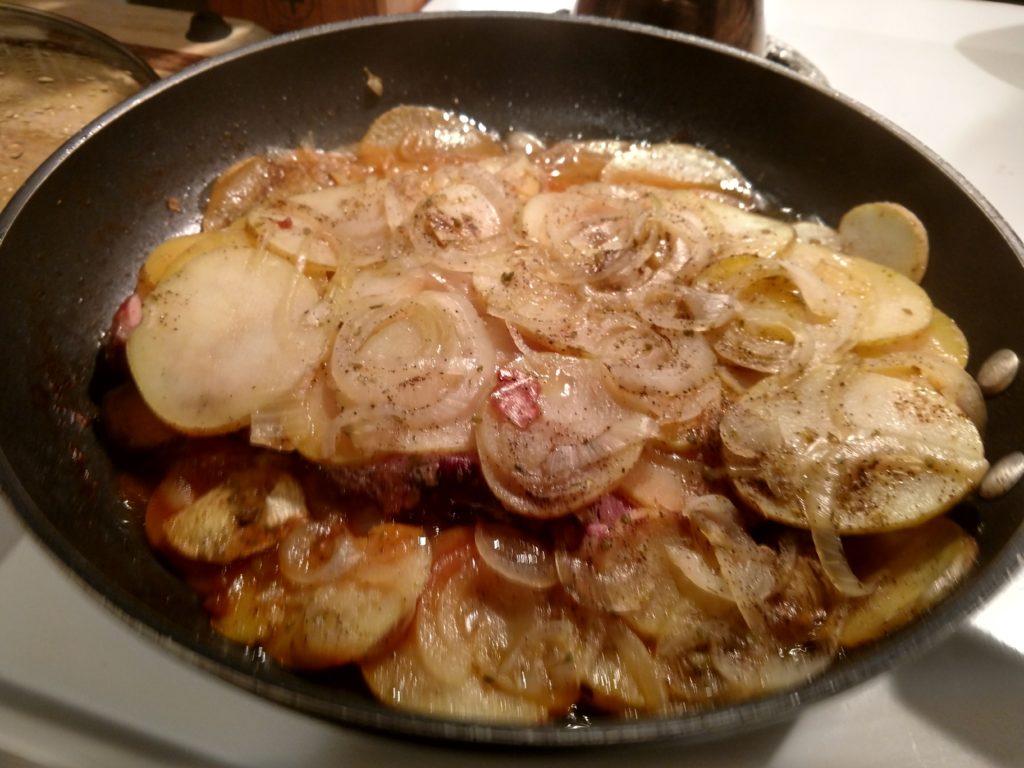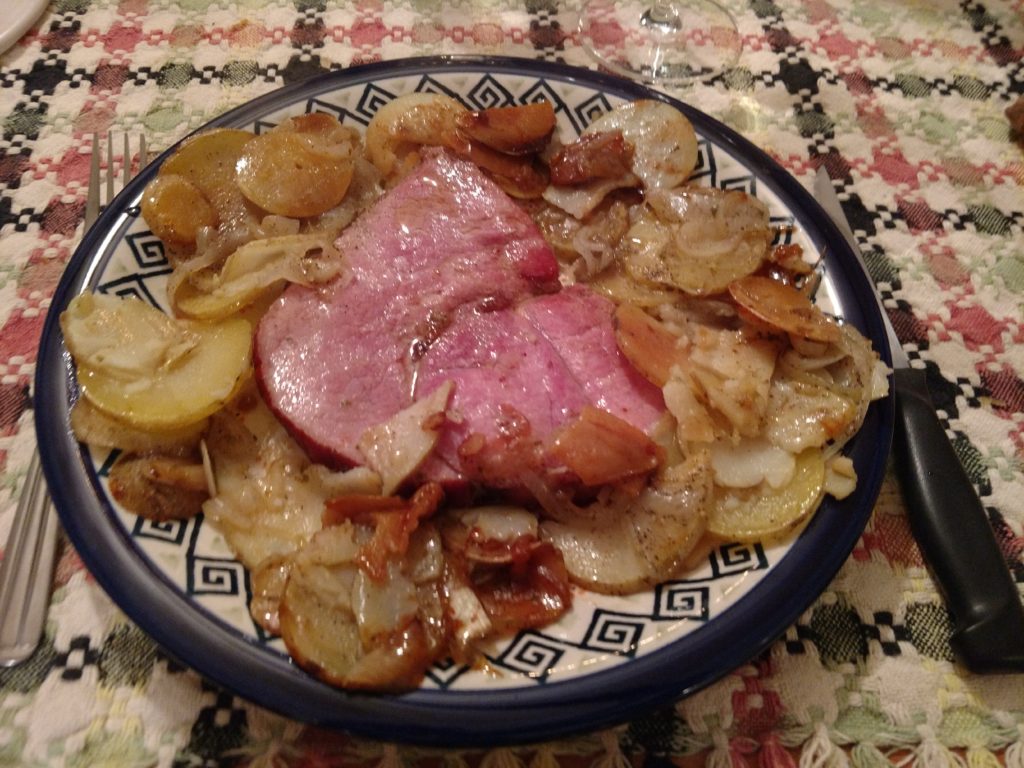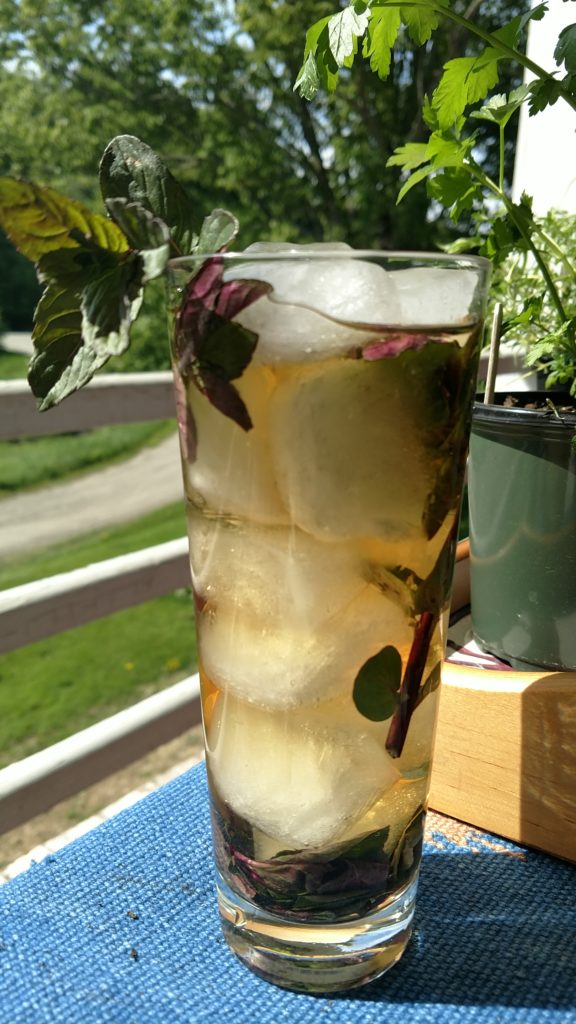If you want to understand what’s going on in Puerto Rico right now regarding the mass protests related to the corrupt Puerto Rican government, read my new book In the Time of the Americans (Indigo River Publishing). It can all be traced back to the Puerto Rican diaspora, which began with the invasion of the island by the American government in 1898, and continues through to this moment in time, reinforced and intensified by Hurricane Maria and its aftermath.
It’s no secret that the island government is one of the most corrupt in the Caribbean. Every time I visited my parents in their hometown of Ponce, widespread resignation to this situation was evident. My family and their friends took it for granted, “Oh well…what can we do, that’s the way it is.” Whether Republican or Democrat, those in power shared a tacit agreement that once elected, they were entitled to line their pockets and the pockets of their cronies. It was a gentleman’s agreement, understood by all, and it came to a head with hurricane Maria.
The ineptitude and incompetence of the Trump administration was surpassed only by the continued exploitation of the Island. The diverting of needed food and funds from the populace to those in power was so blatant that it broke through the resignation. It was no longer hiding underneath a collective forbearance and submission. Everybody saw it and felt it, whether on the Island or the Mainland. While supplies rotted on the San Docks, or were siphoned off by those with connections, the people of Ponce, Aguadilla, Salinas, Rio Piedras, and especially those in the hills of Aibonito and similar environs, felt the true horror of what transpired. Thousands died, not just a few hundred as touted by IL Duce’s administration. A lot of folks went without medication, food, and basic hygiene and as the suffering intensified, it galvanized the trenchant resentment that has been building for generations. Again, if you want to understand the 80+ years of history that has shaped the American presence in Puerto Rico, read my novel. It is based on the stories my family told around the dinner table year after year, decade after decade, about the gradual Americanization of the Island.
So now we’re at this impasse, with the resentment that has been building up through the decades finally bubbling over with the leaked tweets from the current Rosselló Administration. The “honorable” governor and his buddies made derogatory comments about women, about those who suffered after hurricane Maria, and about the LBGT community. Yes, Puerto Rico has been a homophobic society. That cannot be denied. It’s no accident that the Governor cast a slur upon Ricky Martin, the pop star. When I visited my parents in Ponce I witnessed the castigation of lesbians and homosexuals that was so prevalent in most households, and while some may say that there has been change of heart and mind, especially among the younger generations, the stigma persists.
So not only do we have IL Duce’s administration demonstrating a total disregard for human beings different than they are, but now we also have the Rossello administration demonstrating a total disregard for human beings that are the same as them. This goes beyond homophobia. This is about the basic dignity of all Puerto Ricans, no matter whether they are living on the Island or the Mainland. Right now there are more Puerto Ricans living on the mainland than on the Island, and they are all U.S. citizens. Following the traumatic aftershocks of Maria, the exodus was astounding, and it hasn’t abated, but it may not matter at all where we choose to live. There does not seem to be any respect for us in either place.
I have Anglo friends who constantly ask, What do you Puerto Ricans want? A reasonable question. We want what every American wants: a good job, a safe and clean environment, a chance to improve our lot and that of our children. It is what every American yearns for, indeed what every human being yearns for. The problem lies with the current U.S.-Puerto Rico partnership, if you can call in that. Puerto Rico is a Commonwealth, which means that it can govern its localities, but the U.S. has the say on everything else. Commonwealth status is an amorphous nether region. We can hold primaries for the Presidency, but citizens on the Island cannot vote for president. Only those Puerto Ricans living on the Mainland can vote. Puerto Ricans receive all the federal benefits of those on the Mainland: Social Security, Food Stamps, etc. However, as U.S. citizens living on the Island, they do not pay Federal income taxes.
That was one of the calling cards of the Commonwealth system: populations can receive benefits without having to pay for them, something that might be worthy of argument until you realize that it doesn’t really make a difference. The succession of corrupt governments has stolen everything anyway. In the last status election on the Island, which was controversial to say the least since the Independence party and others boycotted the election, the majority voted for statehood; that is, the majority of Puerto Ricans voted to give up their Commonwealth status and join the economic structure of the other 50 states. As a Republican, the current governor supports statehood, but why would the U.S. decide to adopt a state riddled with layers and levels of dishonesty and decadence? And why would Mr. Rossello jeopardize what he claims to support with such reckless and wanton behavior? Mr. Rosselló, you’re ruining your chances here.
To his credit, Mr. Rosselló has admitted that he screwed up. But when asked if he will resign, or clean up his administration, he gives vague, non-committal answers. When 150,000 people on a Caribbean island march on your governmental residence, demanding that you step down, perhaps you should heed their call. Based on the Island’s collective response, saying that you made a mistake could be considered quite an understatement. IL Duce’s response to Rossello is “I told you so.” This is yet another example of blaming the victim. It’s business as usual, and the Puerto Rican people are caught in the cross hairs.


















